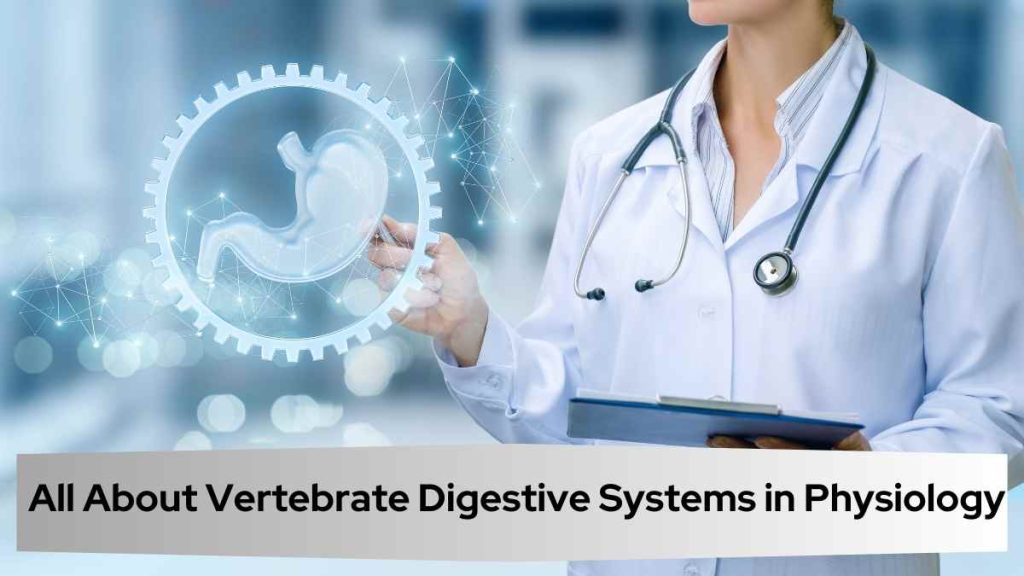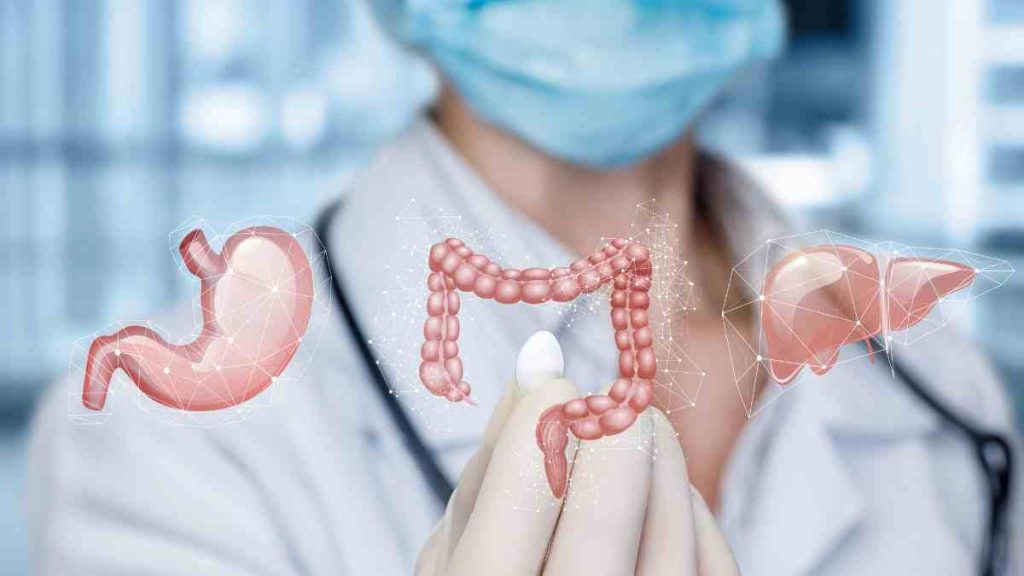- Oak Brook:(630) 705-9999
- Chicago:(312) 920-8822
- Email:inquiry@vervecollege.edu
- Make a Payment
- Home
- Programs
- Admission
- Resources
- ATI Entrance Exam Resources
- New E-Digital Library
- Refer a Friend
- School Newsletter
- Events
- Employers
- Job-Network
- Alpha Beta Kappa Candidates
- Verve College Library
- Graduation and Pinning Ceremony Photo Galleries
- Textbook Information
- Career Services
- Tutoring
- School Catalog
- FAQ
- Constitution Day Program
- Alumni
- Verve College Plans
- Financial Aid
- HEERF Reporting
- Satisfactory Academic Progress
- Apply For Financial Aid
- Net Price Calculator
- Return of Title IV Funds (R2T4)
- Financial Aid Office Code of Conduct
- Contact
- FAQs
- Verification Policy
- Vaccination Policy
- Student Right-to-Know Act
- Misrepresentation
- Information Security Program
- Academic Award Year
- Availability of Employee
- Cost of Attendance
- Health & Safety Exemption Requirement
- Students Rights and Responsibilities
- Leave of Absence
- Pell Formula
- Military Students
- Grants/ Scholarship Policy
- Contact Us
- Testimonials
- Blog
Is a Nursing Career Right For You?
Take The Free Quiz
All About Vertebrate Digestive Systems in Physiology
All About Vertebrate Digestive Systems in Physiology
Vertebrates have developed more sophisticated digestion systems to accommodate their dietary requirements, with some animals only possessing one stomach while others having multiple chambers or even birds possessing an innovative digestive tract that allows them to consume un-masticated food sources. You should opt for anatomy and physiology classes to learn about the physiology of digestion in different classes of vertebrates.
Digestion in Different Classes of Vertebrates
Digestion in different classes of vertebrates takes place as follows:
Monogastric Stomach: One-Chambered Stomach
Monogastric digestion occurs in human bodies and other animals and involves one single stomach chamber that functions solely to digest food consumed orally. Digestion begins within the mouth cavity as food enters through mouth openings for ingestion into the monogastric stomach. Teeth play an integral role in mastication (chewing), the physical breaking down of food into smaller pieces by chewing. Salivary enzymes then break it down chemically, while an esophagus connects the mouth with the stomach for further digestive processes such as proteins breaking down into amino acids.
The muscular wall in the esophagus and esophageal sphincter use peristalsis to push food down into the stomach. With an ideal pH range between 1.5 to 2.5, acidity in the stomach enhances enzyme action for effective digestion of food particles by gastric juices containing hydrochloric acid and enzymes that also act on them to further accelerate digestive processes. The liver, small intestine, and pancreas produce enzymes to further digest food in the small intestinal tract. Epithelial cell lining of small intestinal walls allows nutrients to enter the bloodstream quickly. At the same time, waste material travels onward to the large intestine, where water absorbs it before compacting it as feces.
Birds face unique difficulties when it comes to finding nutrition through food. Because birds do not possess teeth, their digestive systems must be capable of processing non-masticated food such as insects and seeds and nuts, and fruits without chewing while evolving beak shapes that correspond with different diets such as insects or seeds to nuts or fruits.
As their metabolism rate remains relatively high to maintain low body weight levels efficiently while processing food efficiently for energy, their stomachs typically consist of two chambers, where gastric juices used to digest it enter through from the proventriculus gastric juice production chamber and enter from the stomach into the two chambers where most chemical digestion takes place while waste excreted through the cloaca. Students can get a deeper understanding of this and the gastrointestinal tract through the Illinois College Of Nursing Tuition.
Ruminants
Ruminants (cows, goats, and sheep) are herbivores with diets consisting largely of fiber or roughage. Their digestive systems have evolved to process such large quantities. Their mouth is unique as ruminants lack upper incisors; they use lower teeth and tongues to tear and chew food efficiently. Food travels down the esophagus into the stomach.
Ruminants’ stomachs feature multiple chambers to aid in digesting large quantities of plant material, known as the “four compartments in their stomach: “rumen (or rumens), “reticulum (or reticulums) “omasum (or abomasum), and abomasum.” These chambers contain many microbes which break down cellulose and ferment food that we consume. A monogastric stomach corresponds to what’s commonly referred to as “true stomach,” where gastric glands may secrete gastric juices. The four-compartment chamber of the gastric cavity provides more space for ruminants to digest plant matter while supporting beneficial microbes, and gas produced during fermentation must be expelled through either the small intestine or large intestine. The small intestine is essential to animal digestion, while the large intestine aids with waste product elimination.
Pseudo-Ruminants
Pseudo-ruminants encompass animals like alpacas and camels; their diet includes plant material as well as roughage that contains cellulose – a polymeric sugar found in plant cell walls – but their digestive enzymes cannot break it down; instead, microorganisms in their digestive systems do this job more easily than digestive enzymes can. Pseudo-ruminants feature three chamber stomachs to enable microbes in their gut to breakdown cellulose more easily while digesting large volumes of roughage at once; their cecum tends to be larger than in other animals, and roughage is fermented before finally digested, unlike their counterpart ruminants, they don’t possess an omasum Abomasum or Reticulum that process it before being digested for digestion in other places in their gut. You should look for an anatomy and physiology course near me to strengthen your knowledge and understanding of vertebrate digestion.
Want to Make a Career in Nursing? Get More Information About Our Courses!
Important Points
- Monogastric animals have one stomach, which produces digestive enzymes to break food down into smaller particles for easier digestion. Furthermore, gastric juice produced from the pancreas, liver, and salivary glands aids digestion further.
- Bird digestive systems consist of several parts, such as their crop, beak for food storage and storage chamber, gizzard, and two stomach chambers: proventriculus, which secretes enzymes for breakdown, and true stomach for final processing of products of digestion.
- Ruminants have four stomachs to aid them in digesting plant matter; each stomach hosts a community of beneficial bacteria to digest cellulose efficiently.
- Pseudo ruminants resemble their larger ruminant cousins in that they also possess three stomach chambers; their cecum hosts the bacteria needed for breaking down cellulose; these three-chambered digestive organs provide essential aid when breaking down food waste and aiding digestion.
 Sign up
Sign up Login
Login





